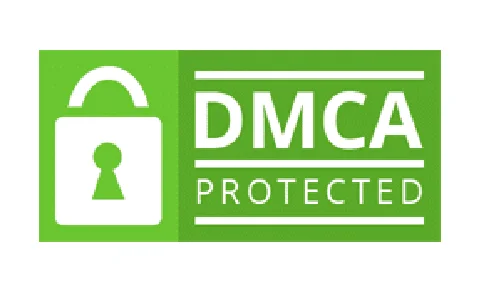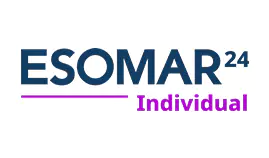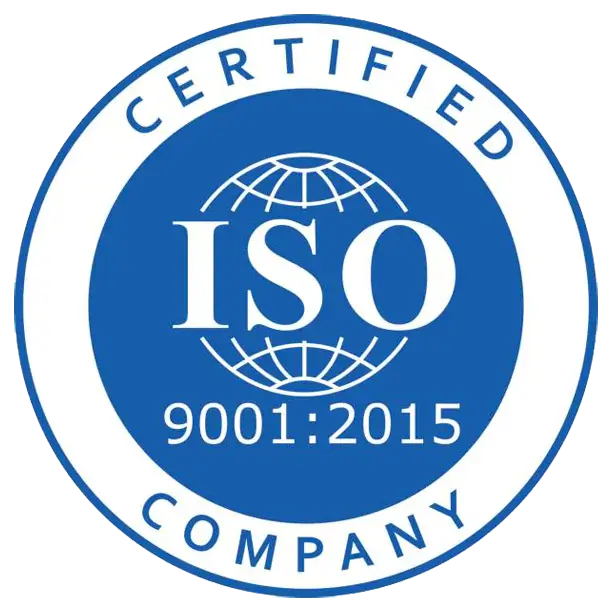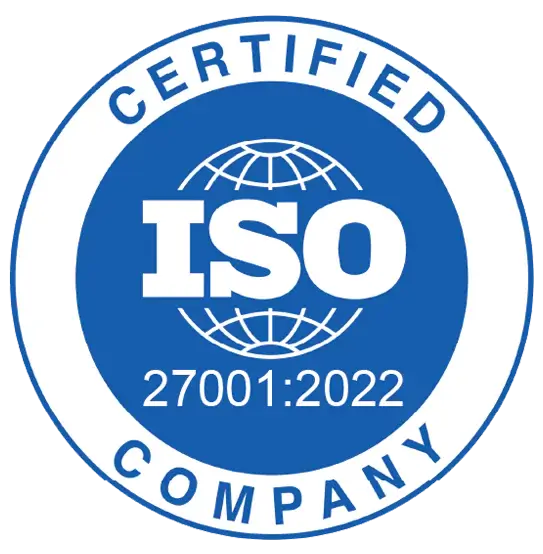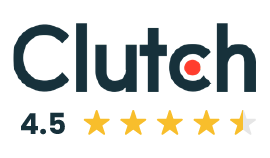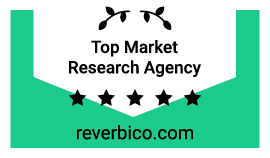
The Biopharmaceuticals Market refers to the pharmaceutical drugs that are developed using biotechnological processes and techniques. These drugs are derived from living organisms and typically include proteins, antibodies, and nucleic acids. The global biopharmaceuticals market is expected to witness significant growth in the coming years, driven by various factors. Firstly, the increasing prevalence of chronic diseases, such as cancer, autoimmune disorders, and infectious diseases, is creating a demand for advanced and targeted treatment options. Biopharmaceuticals have shown promising results in treating these diseases, leading to an increase in their adoption. Additionally, the growing aging population, along with rising healthcare expenditure, is further propelling market growth.
Furthermore, advancements in technology, such as genetic engineering and molecular biology, are facilitating the development of innovative and more effective biopharmaceutical products. Moreover, the favorable regulatory environment and increasing awareness regarding personalized medicine are also contributing to market expansion. However, the high cost of biopharmaceuticals and the stringent regulatory requirements for their approval may hinder market growth to some extent. Nonetheless, Overall The Biopharmaceuticals Market is anticipated to reach a value of US$371.26 billion in 2022, with a projected CAGR of 7.4% between 2023 and 2030.
Leading Companies in the Biopharmaceuticals Industry
1) Amgen Inc.: Amgen Inc. was founded in 1980 and is headquartered in Thousand Oaks, California. With over 23,000 employees, Amgen is a global biopharmaceutical company that develops and delivers innovative therapies for patients worldwide. The company operates in more than 75 countries, with a focus on discovering, developing, and commercializing biotechnology-based medicines. Amgen's key insight for the biopharmaceutical market is its strong pipeline of potential new drugs, particularly in the areas of oncology, hematology, and cardiovascular disease. The company has a proven track record of success with blockbuster drugs like Enbrel and Neulasta.
SWOT Analysis:
Strength: Amgen's strong portfolio of patented drugs provides a competitive advantage in the market, as they have a long exclusivity period.
Weakness: Amgen faces the challenge of patent expirations for some of its key drugs, which could lead to increased competition and decreased revenue.
Opportunity: The growing global aging population presents an opportunity for Amgen to develop therapies for age-related diseases.
Threats: The biopharmaceutical industry is highly regulated, facing challenges such as increased scrutiny on drug pricing and regulatory delays in drug approvals.
2) Abbvie Inc.: Founded in 2013 and headquartered in North Chicago, Illinois, Abbvie Inc. is a global biopharmaceutical company with approximately 29,000 employees. Abbvie specializes in the research and development of advanced therapies in several areas including immunology, oncology, virology, and neuroscience. The company operates in over 170 countries and is committed to using innovative science and technology to address some of the world's most pressing health issues. Abbvie's major strength lies in its diversified product portfolio, which includes top-selling drugs like Humira and Imbruvica, providing a secure revenue stream. However, a significant weakness for Abbvie is its significant reliance on Humira, which faces patent expiration and impending competition. Abbvie has ongoing opportunities for growth through the development of new drugs and expansion into emerging markets. However, potential threats include increasing competition, regulatory challenges, and the risk of patent challenges.
SWOT Analysis:
Strength: Abbvie's strong product portfolio and research capabilities give it a competitive advantage in the biopharmaceutical market.
Weakness: Abbvie's heavy reliance on Humira for revenue exposes the company to risks associated with patent expiration and competition.
Opportunity: Abbvie has the opportunity to expand into emerging markets and develop new drugs to address unmet medical needs.
Threats: Competition from generic and biosimilar products, as well as regulatory challenges and the risk of patent litigation, pose threats to Abbvie's market position.
3) GlaxoSmithKline PLC: GlaxoSmithKline PLC, founded in 2000 and headquartered in Brentford, United Kingdom, is a global pharmaceutical company with around 100,000 employees. The company operates in more than 150 countries, focusing on the research, development, and marketing of a wide range of prescription medicines, vaccines, and consumer healthcare products. GlaxoSmithKline aims to address global health challenges and improve the quality of human life through its innovative medicines and vaccines. One key insight for GlaxoSmithKline in the biopharmaceutical market is its commitment to investing in research and development, with a particular focus on respiratory, HIV, and oncology therapies.
SWOT Analysis:
Strength: GlaxoSmithKline's extensive product portfolio and global presence provide a strong market position and revenue stability.
Weakness: The company has faced challenges with patent expirations and increasing competition, putting pressure on its revenues.
Opportunity: GlaxoSmithKline has the opportunity to leverage its expertise in respiratory and vaccine therapies, as well as expand into emerging markets.
Threats: Generic and biosimilar competition, regulatory challenges, and pricing pressure pose threats to GlaxoSmithKline.
4) Pfizer Inc.: Pfizer Inc. was founded in 1849 and is headquartered in New York City, New York. With over 78,000 employees, Pfizer is a leading global biopharmaceutical company that discovers, develops, manufactures, and markets prescription medicines and vaccines. The company operates in more than 125 countries, focusing on a wide range of therapeutic areas including oncology, immunology, and rare diseases. A major key insight for Pfizer in the biopharmaceutical market is its commitment to innovation, with a strong pipeline of potential new drugs and a focus on precision medicine.
SWOT Analysis:
Strength: Pfizer's strong global presence, diverse product portfolio, and robust pipeline provide a competitive advantage in the biopharmaceutical market.
Weakness: The company faces challenges such as patent expirations and generic competition, which could impact revenue.
Opportunity: Pfizer has the opportunity to leverage its expertise in areas such as oncology, immunology, and rare diseases to address unmet medical needs.
Threats: Competition from generic and biosimilar products, regulatory challenges, and pricing pressure pose threats to Pfizer's market position.
5) Novo Nordisk AS: Novo Nordisk AS, founded in 1923 and headquartered in Bagsværd, Denmark, is a global healthcare company with approximately 45,000 employees. Novo Nordisk specializes in diabetes care and offers a broad range of innovative products, including insulin, GLP-1 analogs, and obesity management drugs. The company operates in more than 80 countries and is committed to improving the lives of people with diabetes and other chronic diseases. One major key insight for Novo Nordisk in the biopharmaceutical market is its focus on research and development, with a strong emphasis on advancing diabetes care and finding new treatments for obesity.
SWOT Analysis:
Strength: Novo Nordisk's strong heritage in diabetes care, innovative products, and global reach provide a competitive advantage in the market.
Weakness: The company faces challenges such as pricing pressures and increasing competition in the diabetes care segment.
Opportunity: Novo Nordisk has the opportunity to expand its product offerings in obesity management and to enter new therapeutic areas.
Threats: Competition from generic and biosimilar products, regulatory challenges, and pricing pressure pose threats to Novo Nordisk's market position.
6) Bristol-Myers Squibb Company: Founded in 1858, Bristol-Myers Squibb is headquartered in New York City, USA. With over 30,000 employees worldwide, the company focuses on discovering, developing, and delivering innovative medicines for patients in various therapeutic areas, including oncology, cardiovascular, immunoscience, and fibrosis. Bristol-Myers Squibb operates in more than 70 countries, demonstrating its global presence and commitment to improving patients' lives.
SWOT Analysis:
Strength: Bristol-Myers Squibb has a strong portfolio of innovative and life-saving drugs, particularly in the field of oncology. The company has a reputation for breakthrough discoveries and is known for its commitment to research and development.
Weakness: The company heavily relies on a few key drugs, which makes it vulnerable to any adverse events, such as patent expiry or generic competition. This concentration risk poses a weakness for Bristol-Myers Squibb.
Opportunity: With the increasing global demand for biopharmaceuticals, Bristol-Myers Squibb has the opportunity to expand its market presence and launch new drugs in therapeutic areas with unmet medical needs.
Threats: The biopharmaceutical industry is highly competitive, with new entrants and generic drugs posing a threat to market share. Additionally, regulatory challenges and pricing pressures can impact Bristol-Myers Squibb's profitability.
7) F. Hoffmann-La Roche Ltd: Founded in 1896, Roche is headquartered in Basel, Switzerland. With approximately 100,000 employees worldwide, the company is a global leader in biopharmaceuticals, focusing on innovative medicines and diagnostics in various therapeutic areas, including oncology, neuroscience, and infectious diseases. Roche operates in more than 150 countries, demonstrating its strong global presence.
SWOT Analysis:
Strength: Roche has a strong research and development pipeline, with a focus on personalized medicine and targeted therapies. The company's innovative portfolio of drugs has positioned it as a leader in multiple therapeutic areas, particularly in oncology.
Weakness: Roche faces the challenge of patent expiry for some of its key drugs, leading to potential revenue loss. Additionally, the company relies heavily on a few blockbuster drugs, which poses a concentration risk.
Opportunity: As the demand for biopharmaceuticals continues to grow, Roche has the opportunity to expand its market share and launch new drugs in therapeutic areas with unmet medical needs, such as neurodegenerative diseases.
Threats: Competition from generic drugs, regulatory challenges, and pricing pressures are potential threats to Roche's market share and profitability. Additionally, the company faces risks from external factors, such as political and economic uncertainties.
8) Novartis AG: Founded in 1996, Novartis is headquartered in Basel, Switzerland. With over 100,000 employees worldwide, the company focuses on developing and delivering innovative medicines in various therapeutic areas, including oncology, ophthalmology, and respiratory. Novartis operates in more than 150 countries, demonstrating its global reach and commitment to improving global health.
SWOT Analysis:
Strength: Novartis has a diverse portfolio of innovative drugs, spanning multiple therapeutic areas. The company has a strong focus on research and development, which has resulted in breakthrough discoveries and advancements in medicine.
Weakness: Due to the complexity of the biopharmaceutical industry, Novartis faces the challenge of managing multiple patents and intellectual property rights. This complexity can create legal and commercial vulnerabilities.
Opportunity: With the increasing global demand for biopharmaceuticals, Novartis has the opportunity to expand its market presence and launch new drugs in therapeutic areas with unmet medical needs, such as rare diseases.
Threats: Competition from generic drugs, regulatory challenges, and pricing pressures pose threats to Novartis' market share and profitability. Additionally, the company faces risks from external factors, such as political and economic uncertainties.
9) Johnson & Johnson: Founded in 1886, Johnson & Johnson is headquartered in New Brunswick, USA. With over 134,000 employees worldwide, the company operates in three segments: pharmaceuticals, medical devices, and consumer health. Johnson & Johnson focuses on providing innovative healthcare solutions to improve the lives of people globally.
SWOT Analysis:
Strength: Johnson & Johnson has a diversified portfolio across pharmaceuticals, medical devices, and consumer health, allowing the company to benefit from multiple revenue streams. The company's strong brand reputation and commitment to quality are also key strengths.
Weakness: Johnson & Johnson faces challenges in its pharmaceutical segment due to patent expirations, generic competition, and complex regulatory environment. Additionally, the company has been involved in legal controversies, which can impact its reputation.
Opportunity: With the increasing global healthcare needs, Johnson & Johnson has the opportunity to expand its market presence and launch innovative products in therapeutic areas with unmet medical needs, such as rare diseases.
Threats: The biopharmaceutical industry is highly competitive, with new entrants and pricing pressures posing threats to market share. Additionally, regulatory challenges and global economic uncertainties can impact Johnson & Johnson's profitability.
10) Eli Lilly and Company: Founded in 1876, Eli Lilly and Company is headquartered in Indianapolis, USA. With over 41,000 employees worldwide, the company focuses on developing and delivering innovative medicines in various therapeutic areas, including neuroscience, endocrinology, and oncology. Eli Lilly operates in more than 120 countries, showcasing its global presence and commitment to improving patient outcomes.
SWOT Analysis:
Strength: Eli Lilly has a strong portfolio of innovative drugs, particularly in the field of neuroscience and diabetes. The company's commitment to research and development has resulted in breakthrough therapies and advancements in patient care.
Weakness: Eli Lilly faces challenges related to patent expirations and generic competition, leading to potential revenue loss. The company also relies heavily on a few key drugs, which poses a concentration risk.
Opportunity: With the increasing prevalence of neurological and metabolic diseases, Eli Lilly has the opportunity to expand its market presence and launch new drugs in therapeutic areas with high unmet medical needs.
Threats: Competition from generic drugs, regulatory challenges, and pricing pressures pose threats to Eli Lilly's market share and profitability. Additionally, the company faces risks from external factors, such as political and economic uncertainties.



